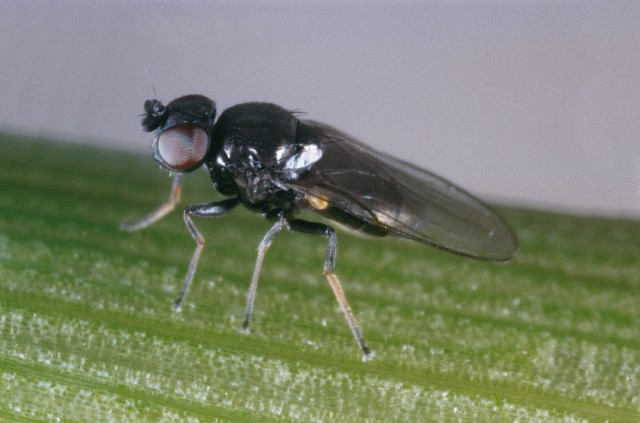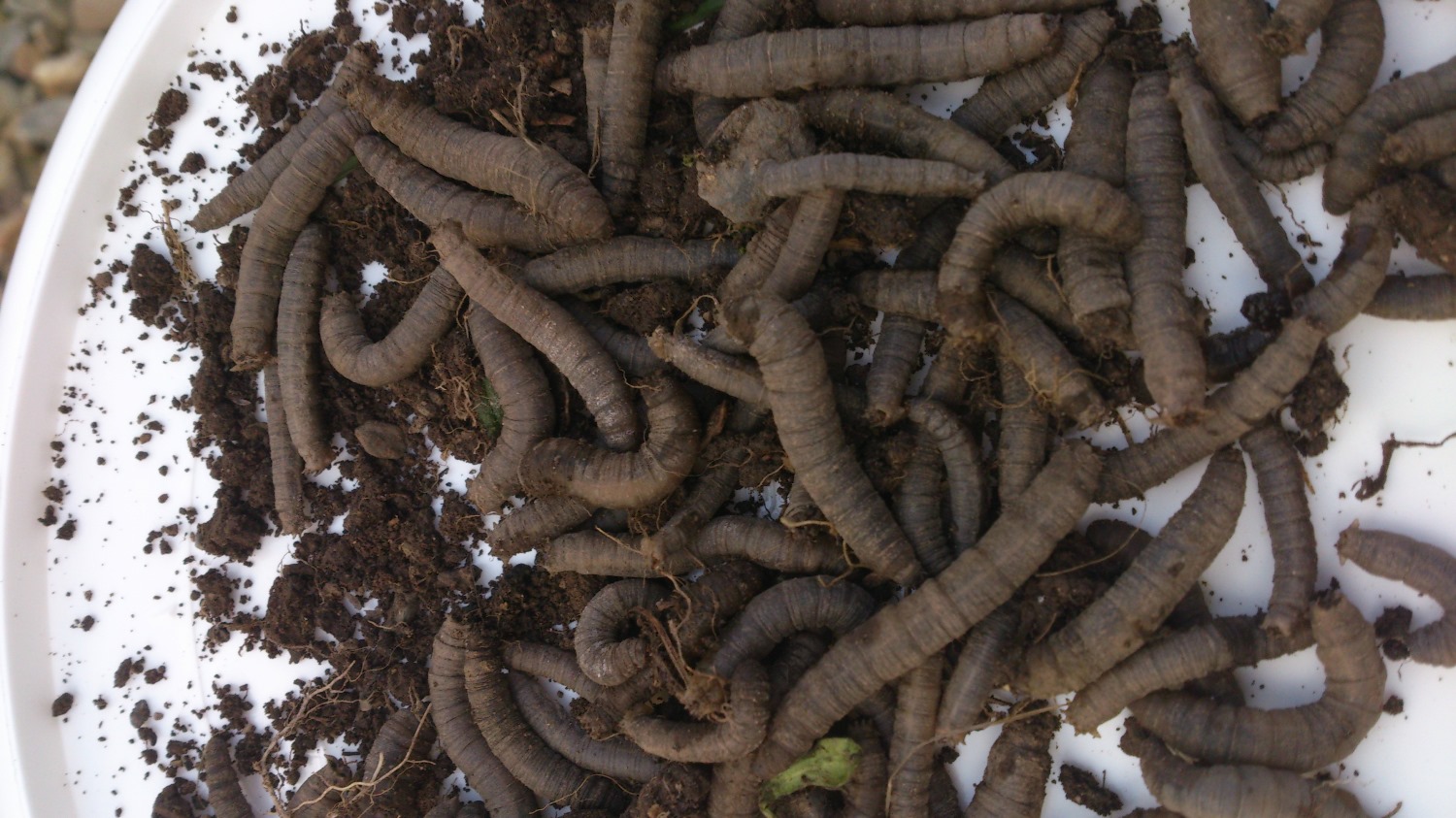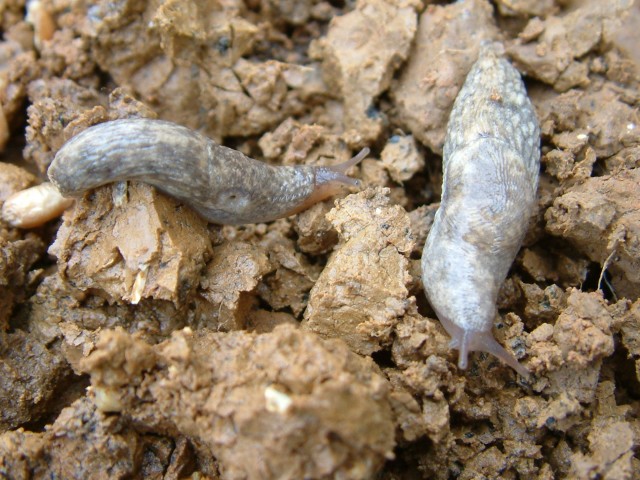- Home
- Knowledge library
- Dealing with pests and diseases
Dealing with pests and diseases
Frit fly, leatherjackets and slugs are some of the pests to consider when reseeding grassland. Our information will help you manage the risks of pest burdens and control methods.
Back to: Managing grassland reseeds
Frit fly
Frit fly populations are found across most of the UK and can pose a threat to summer and autumn reseeds. Frit fly lay their eggs on grass during July to October.
The larvae, which are yellowish-white, grow to 5 mm in length. These larvae move from one ryegrass seedling to the next, feeding on the central shoot and leaving patches of stunted or dying seedlings. Populations in new sowings can reach several thousand per square metre and exceed the number of seedlings present.
Risks of frit fly attack
- Italian ryegrass is more susceptible than perennial ryegrass or clover. Timothy and cocksfoot are not affected
- Grass-to-grass reseeds
- Autumn reseeding is particularly prone
- Direct-drilled swards are most at risk
Control of frit fly burden
- Introducing a summer break crop such as brassicas
- Reseed outside the main egg-laying period (July–October)

Frit fly image courtesy and copyright of Bayer CropScience Ltd.
Leatherjackets
Leatherjackets are the larvae of crane flies (daddy long-legs). They are up to 50 mm long, dull green in colour and have tough, rubbery skin.
Crane flies lay their eggs between July and September in both grass and cereal crops. The larvae live in the soil, eating the roots and stems of grass plants, at or below the ground surface. This causes significant damage to the sward base.
The most severe damage occurs when leatherjackets are almost fully grown and active in April and May. Crane flies tend to lay their eggs close to where they emerge, creating a persistent problem for the field.
Risks of leatherjackets
- Grass-to-grass reseeds
- Highly productive grasses
- Mild, wet autumns favour survival of eggs and larvae
Control of leatherjackets
- Using a break crop or a minimum of a two-week break from grass-to-grass leys
- Rolling to consolidate soil can minimise short-term damage
- Ploughing grassland in July can reduce leatherjacket populations by 50%

Leatherjacket image courtesty and copyright of Oliver Seeds.
Slugs
Slugs graze grass leaves, rasping away the leaf tissue in strips between the veins. The grey field slug is the most common type of slug that breeds throughout the year when conditions are correct. Wet summers encourage significant population growth.
Risks of slugs
- White clover and grass/clover reseeds are at greater risk of slug attack
- Slot seeding can increase slug damage
- Wet land or cloddy, unconsolidated seedbeds provide a habitat
Control of slugs
- Ploughing can reduce the risk of slug damage
- Creating a fine, firm seedbed with no cracks allows slugs to be exposed
- Slug pellets are an effective method of control. However, for products containing metaldehyde, extra care must be taken to prevent chemicals reaching waterways

Grey slug image is courtesy and copyright of ADAS.
Disease risks
|
Disease |
Plant symptoms |
Control |
|
Barley yellow dwarf virus |
Bright yellow upper leaves, gradually spreads throughout the sward, leading to severely stunted plants |
Apply insecticides*
Spread by aphids - use aphid monitoring information to time applications
Sow tolerant varieties |
|
Ryegrass mosaic virus |
Light green streaking of leaves, which eventually turn brown and die |
Autumn rather than spring sowing will delay the ingress of the mite
Use resistant ryegrass varieties |
|
Crown rust |
Strikes mainly in late summer and early autumn and results in distinctive yellow-orange pustules on the leaves |
Ensure grass receives sufficient nutrients to fight off the disease
Cutting or topping the grass to remove the leaf ‘food supply’ for the fungus
Choose resistant varieties |
*Seek advice from a qualified professional and ensure sprayer operators are fully qualified.
Useful links
Learn more about integrated pest management (IPM)
For more information on dealing with pests, consult a BASIS adviser.
Topics:
Sectors:
Tags:

